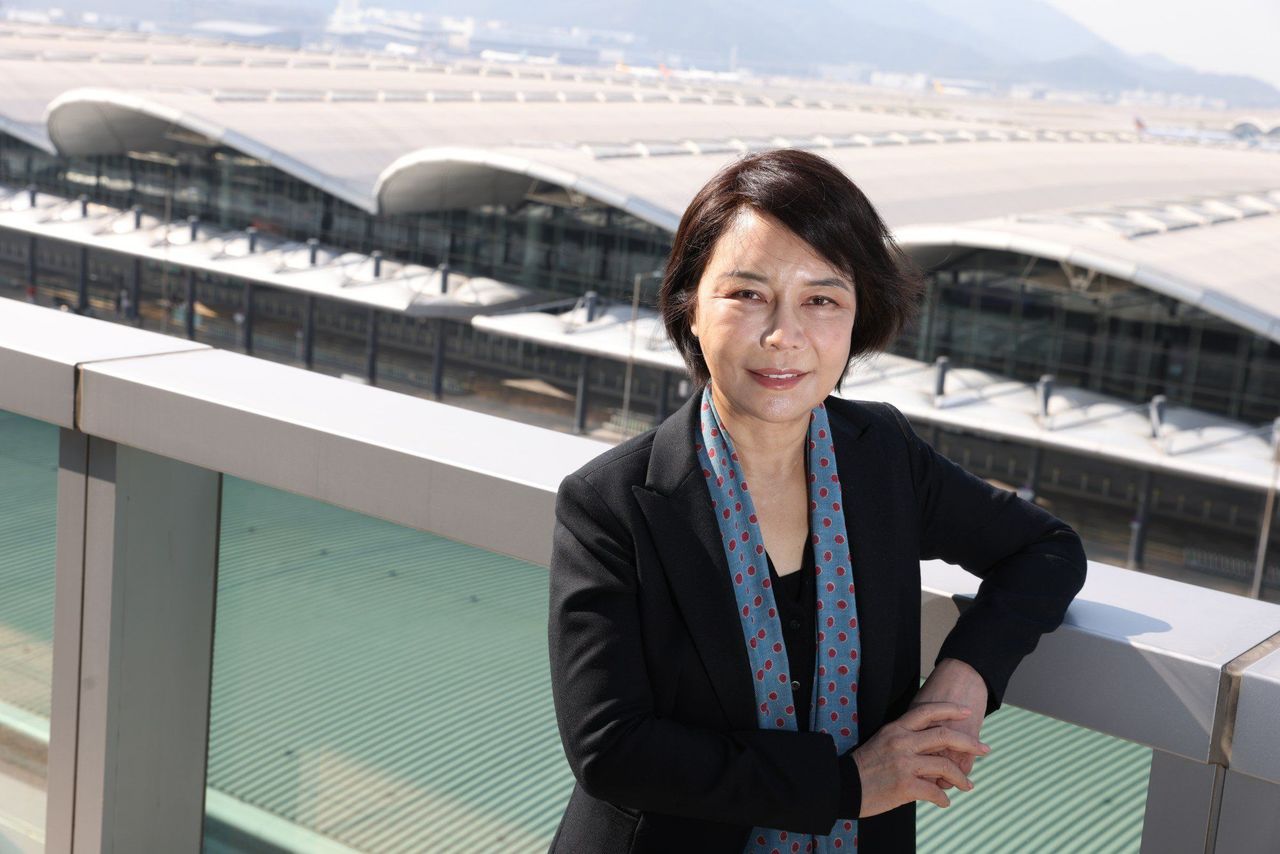Hong Kong News
Nonpartisan, Noncommercial, unconstrained.
Monday, Dec 29, 2025
Real, Diverse, Unbiased.

Hong Kong-Zhuhai airport link ready for take-off
Airport Authority shows it’s serious about long-term prospects of airport in western Greater Bay Area.
Hong Kong’s Airport Authority wants to deepen its commitment to mainland China’s Zhuhai airport by owning assets there, as part of a plan to consolidate the city’s aviation status in the Greater Bay Area, according to the statutory body’s chief operating officer.
The two cities signed a memorandum of understanding (MOU) in November, outlining several collaborations to inject investment into Zhuhai airport, develop the international air cargo business at both places and create an aviation industrial park.
This presented a “great opportunity” for further investment, in particular in the western Greater Bay Area, and promised more business opportunities for Hong Kong, said Vivian Cheung Kar-fay, a senior official with the Airport Authority.
 Vivian Cheung, chief operating officer of the Airport Authority.
Vivian Cheung, chief operating officer of the Airport Authority. “This will deepen the cooperation between the Airport Authority and the Zhuhai government because the airport is actually owned by a subsidiary company of the Zhuhai government,” Cheung said.
“By deepening the collaboration so that we own the assets, they will also feel that we have a strong commitment to continue developing Zhuhai airport.”
However, she declined to reveal how much the authority aimed to own, as the matter was still under negotiation.
The Greater Bay Area connects Hong Kong, Macau and nine cities in Guangdong province – including Zhuhai – and is part of Beijing’s ambitious plan to create a high-technology economic region to rival California’s Silicon Valley.
Situated on the west of the bay area, Zhuhai has one of the region’s smaller airports, focused on domestic air travel. Before the Covd-19 pandemic, it handled 12.3 million travellers in 2019, compared with the 143 million who passed through the Hong Kong airport.
Cheung said a scheme billed as “Fly-Via-Zhuhai-HK” would start around May of this year, connecting the two airports.
It promises a 70-minute journey between the airports, allowing passengers from Hong Kong to connect to other mainland cities via Zhuhai.
Similarly, mainland passengers heading overseas could use Zhuhai’s domestic network to travel to Hong Kong and continue their journey on its array of long-haul flights.
Cheung said the authority had forecast earlier that more than 10 million passengers would take this route by 2030, but the pandemic has delayed the prediction.
She admitted that the scheme would be more attractive for cargo operators than passengers, as travellers typically preferred to transit through a single airport.
However, she said it offered mainland passengers going overseas another choice instead of going through Shanghai, Guangzhou or Beijing, and Hong Kong’s competitive pricing for international airfares, especially for long-haul routes, could make a difference.
Noting that Cathay Pacific Airways did not operate from Zhuhai, Cheung said the authority could help with a code-sharing arrangement to enable passengers to connect smoothly between different airlines.
The MOU also outlined plans for a high-end aviation industrial park in Zhuhai to be a base for aircraft maintenance, manufacturing parts and distribution.
“All this is very difficult to do in Hong Kong as it requires a large piece of land, and a lot of human resources,” Cheung said.
She said she expected the park to become “a very important parts distribution centre for Asia”.
While some projects such as aircraft maintenance training and aircraft maintenance would start this year, she said it would take at least five years to grow the park to a “good size”, and 10 years before it had dozens of companies operating there.
Law Cheung-kwok, senior adviser at Chinese University’s aviation policy and research centre, said by deepening its involvement, Hong Kong was betting on the long-term future of Zhuhai airport and to one day share in profits too.
However, he added that it was a “very long-term investment”, and it could be at least 10 years before there were comprehensive results.
The “Fly-Via-Zhuhai-HK” scheme was useful as it could help connect passengers to second or third-tier mainland cities not served by Hong Kong, he said.
Aviation expert David Yu said the plans were ambitious and Hong Kong’s decision to buy assets in the Zhuhai airport showed a “deepening commitment” to move ahead and get more investments from the private sector.
He said the success of the industrial park would hinge on what the Zhuhai government did to attract investors, for example, through local regulations and tax incentives.
Yu, the chairman of Asia Aviation Valuation Advisors, pointed out that there already were free trade zones in Nansha, Hainan, Shenzhen and Shanghai and said: “The devil is in the details, but this would add to the existing number of new zones looking for private investments.”











